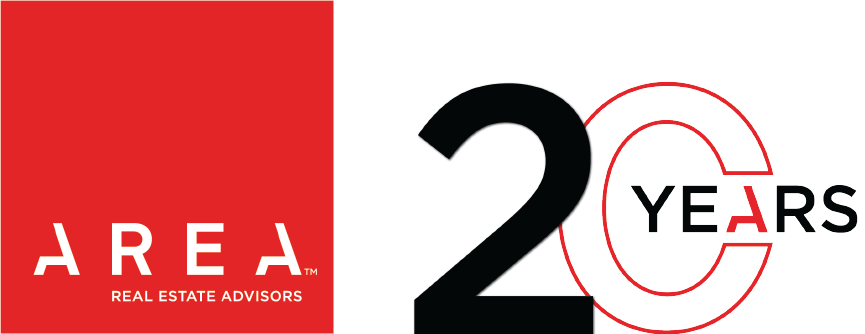By Brent Peterson – Vice President, Director of Industrial Brokerage
As a former public accountant with one of the big six accounting firms, I’ve been paying close attention to the 2016 Financial Accounting Standards Board (FASB) Accounting Standards Update that will ultimately change the way all leases are accounted for.
If you’re thinking, “We just have a small office lease, it won’t be a big deal to us,” you could be in for a bit of a surprise.
The FASB issued new lease standards will impact every business that rents space and operational equipment. Public companies were affected for fiscal years beginning after December 15, 2018, and privately held companies will be affected for fiscal years beginning after December 15, 2019.
Heather Winiarski, shareholder at Mayer Hoffman McCann P.C., who specializes in lease accounting, recently told me; “The most significant change in FASB’s new leasing standard is the requirement of operating leases to have a lease liability recorded on the balance sheet at the present value of future lease payments. These potentially substantial assets and liabilities, once only disclosed in the footnotes, will now be placed directly on the balance sheet.”
Ok, why is this important, and what do you need to know?
- Start Early. Many publicly held companies have learned the hard way that the process can be tedious and time-consuming.
- All leasing arrangements will need to be recognized on the balance sheet as a lease asset and a lease liability. It’s especially important for businesses to understand how these changes will affect other agreements and bank covenants.
- Business owners need to have a good grasp on what their population of leases is, which will now include previously unidentified leases such as copiers, computers and the like. Under the new regulations, if you don’t identify leases, you will now be missing a liability from the balance sheet.
- Once you’ve identified your total organizational and operational lease population, you have to track it. Excel might not cut it, especially in year one. Your companies’ paperwork tracking leases may multiply exponentially, in fact, some companies may need to keep multiple sets of books. Lease tracking tools are popping up online, but when in doubt, it’s best to discuss with an accountant.
What does this mean for the future? Some of the clients I have talked with have indicated that the change in accounting for leases might have some impact on the tax benefits of leasing versus buying; however, most at this time are not planning to make any changes in company real estate strategy.

